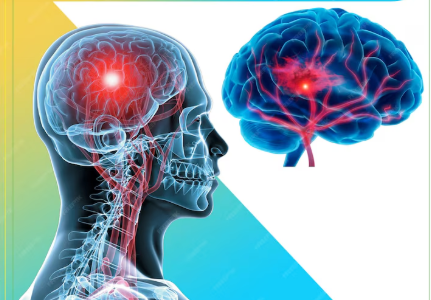Among the numerous uncommon and little-known neurological disorders that have baffled the medical community is ATPL brain disease. Despite not being well-known, it poses significant difficulties for those who are impacted. Researchers have identified important symptoms, but the disease’s causes are still somewhat unknown. Understanding the disease is essential for both diagnosing and effectively managing it.

The brain regions in charge of motor skills, cognitive abilities, and occasionally even behavior are all impacted by ATPL brain disease. A person’s quality of life may be significantly impacted by the condition’s potential to cause major impairments. But, similar to other uncommon illnesses, the process of receiving a diagnosis is frequently drawn out and prone to misdiagnosis, leaving patients in a protracted state of uncertainty.
| Full Name | ATPL Brain Disease |
|---|---|
| Description | A rare neurological condition that affects motor functions and cognitive abilities |
| Symptoms | Loss of motor control, speech impairment, cognitive decline |
| Causes | Potential genetic and environmental factors |
| Treatment Options | No cure currently; management focuses on symptom relief and therapy |
| Prevalence | Rare, with limited documented cases worldwide |
| Current Research | Ongoing studies into causes and treatments |
The Unsolved Causes of ATPL Brain Injury
Recognizing the rarity of ATPL brain disease is the first step towards understanding it. Medical professionals suggest environmental factors, genetic mutations, or a combination of both as possible triggers, though the precise cause is still unknown. It is particularly difficult to identify the early symptoms of ATPL because patients experience a gradual but progressive loss of cognitive and motor abilities. These early stages, which are frequently confused for less serious conditions, might not cause concern until the disease advances to a point where motor control is compromised.
The areas of the brain that regulate speech, voluntary muscle movement, and cognitive functions are the main targets of ATPL brain disease. It seems as though the person’s mind and body are out of sync as these functions gradually deteriorate, forcing them to contend with their own physical and mental limitations on a daily basis.
Signs: The Slow and Quiet Decline
ATPL brain disease develops subtly over time, in contrast to conditions characterized by abrupt, severe symptoms. Minor speech or movement issues may be among the first symptoms, which are frequently written off as aging or transient stress. These symptoms, however, intensify as the illness progresses. Basic activities like walking, talking, and even feeding themselves may become impossible for patients.
The effect that ATPL brain disease has on cognitive abilities is among its most alarming symptoms. The disease may progress to include memory loss, decision-making difficulties, and a general deterioration in mental clarity. As they find it difficult to communicate or perform daily tasks, this can cause frustration and a sense of loneliness for many people.
Identification of ATPL Brain Disease and Its Difficulties
It is far from easy to diagnose ATPL brain disease. Due to the condition’s rarity, many medical professionals might not notice the symptoms right away, which could cause misdiagnosis or treatment delays. In contrast to more prevalent illnesses, ATPL does not always exhibit a distinct set of symptoms that are readily detectable by standard testing. In order to rule out other conditions, patients may be subjected to a battery of tests, such as neurological evaluations, blood work, and MRIs.
An electroencephalogram (EEG) may be used in certain situations to track brain activity and determine whether any anomalies could indicate ATPL. Even with these tests, though, the diagnosis process can take a while, leaving patients and their families unsure of the true cause of their symptoms.
Present Therapies: Handling ATPL Brain Injury
There is currently no treatment for ATPL brain disease. Symptom management and enhancing the patient’s quality of life are the main goals of treatment. While speech therapy may help with communication issues, physical therapy can be extremely helpful for maintaining any residual motor functions. Although they can’t undo the harm already done, these interventions aid in halting additional physical and mental decline.
Patients are frequently encouraged to take part in clinical trials while researchers continue to look into possible causes and treatments. For people with ATPL, these trials may provide a glimmer of hope and open the door for future discoveries. The emotional and psychological toll that comes with having a degenerative disease can be managed in the interim with the aid of supportive therapies like counseling and support groups.
The Prospects for Research on ATPL Brain Disease
Research on ATPL brain disease has a bright but uncertain future. Researchers and medical experts are putting in endless effort to comprehend the fundamental processes that underlie the illness and create novel treatments that could halt its progression or lessen its symptoms. There is hope that more information about ATPL will become available in the years to come as genetics, neuroimaging, and molecular biology continue to advance.
Raising awareness is currently the most crucial step. We can guarantee that individuals impacted by ATPL brain disease receive the care and attention they are entitled to by raising medical and public awareness of the condition. Early diagnosis, improved management techniques, and possibly more focused treatments in the future that provide genuine hope for a cure are all part of this.
